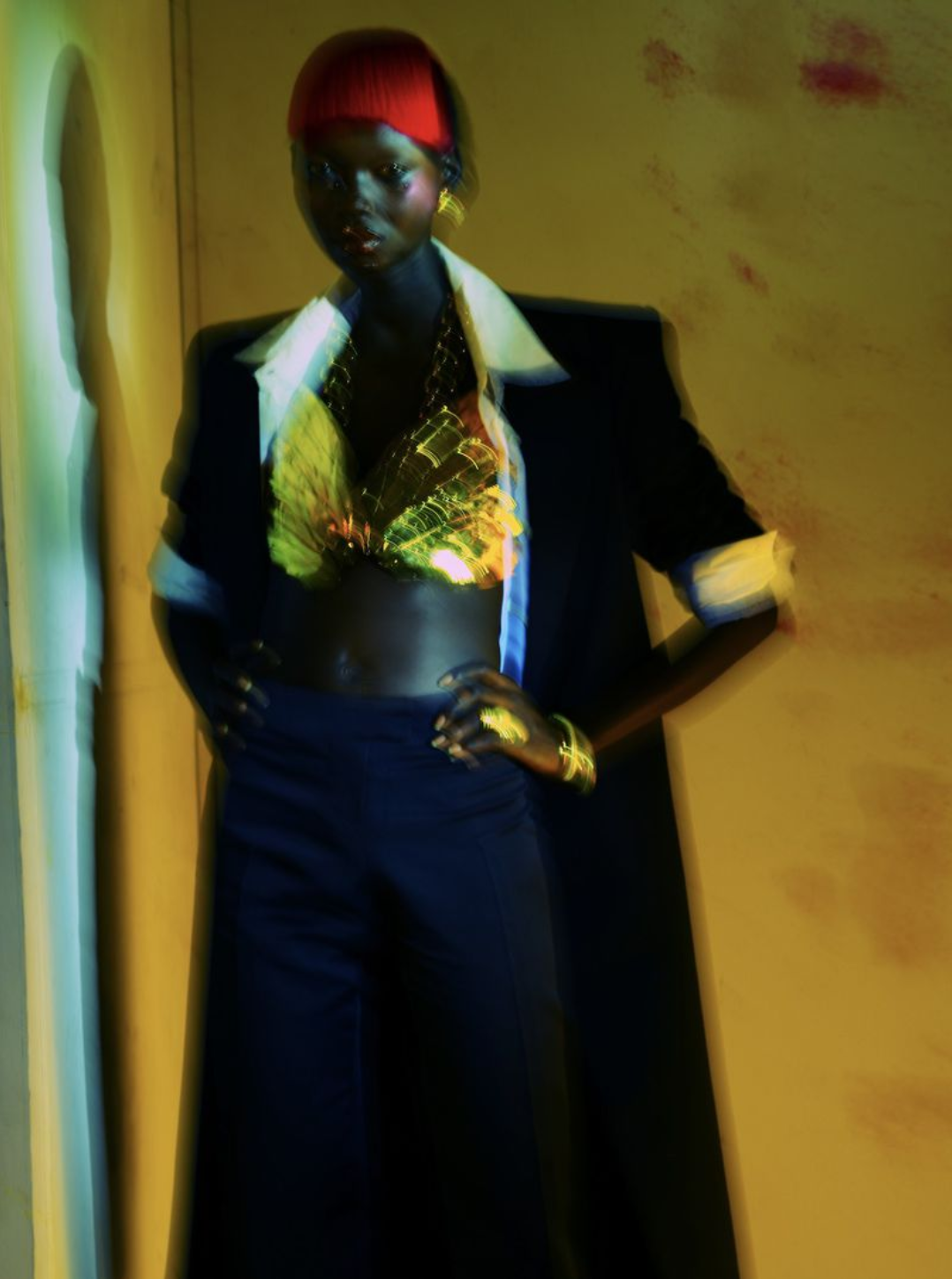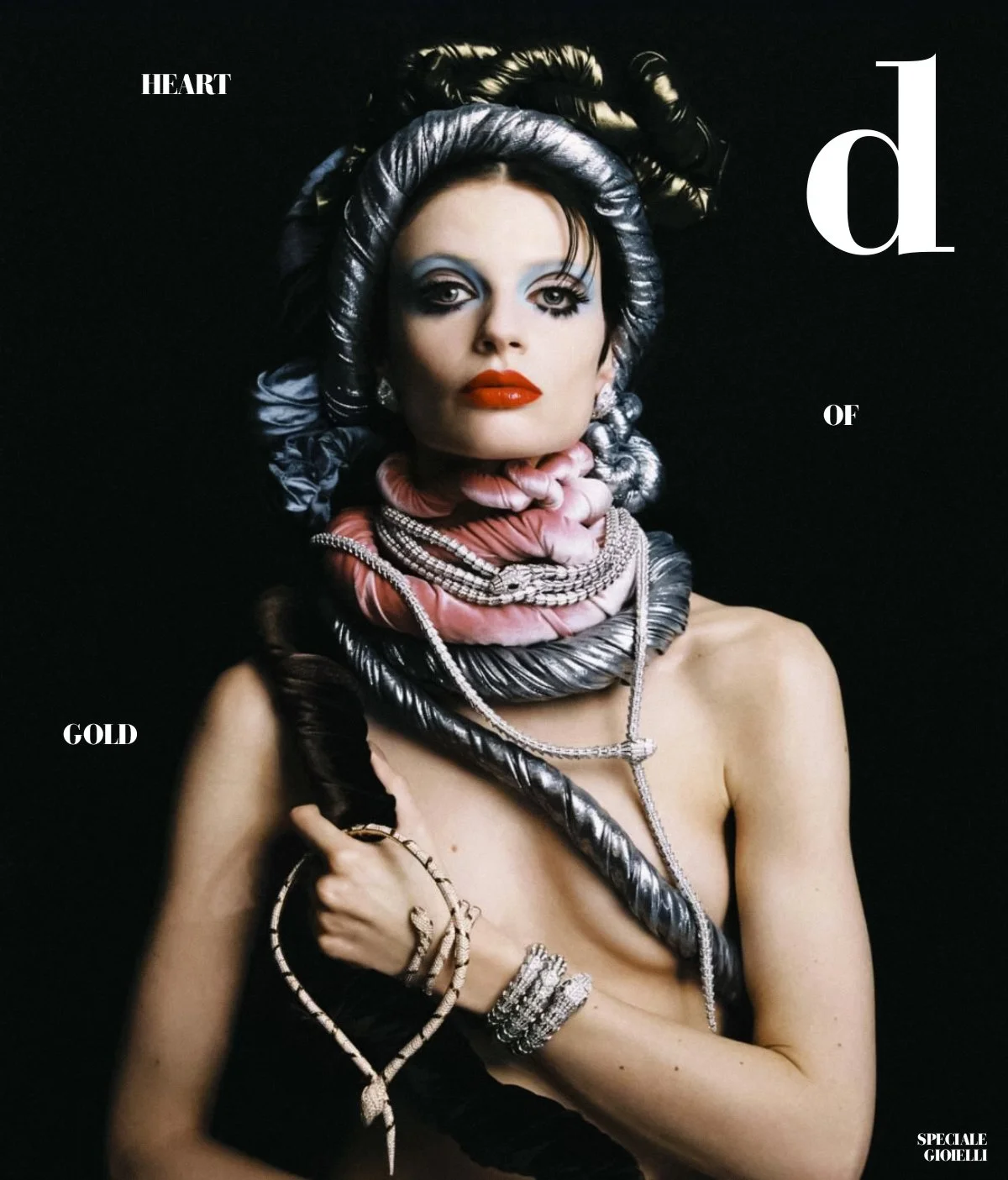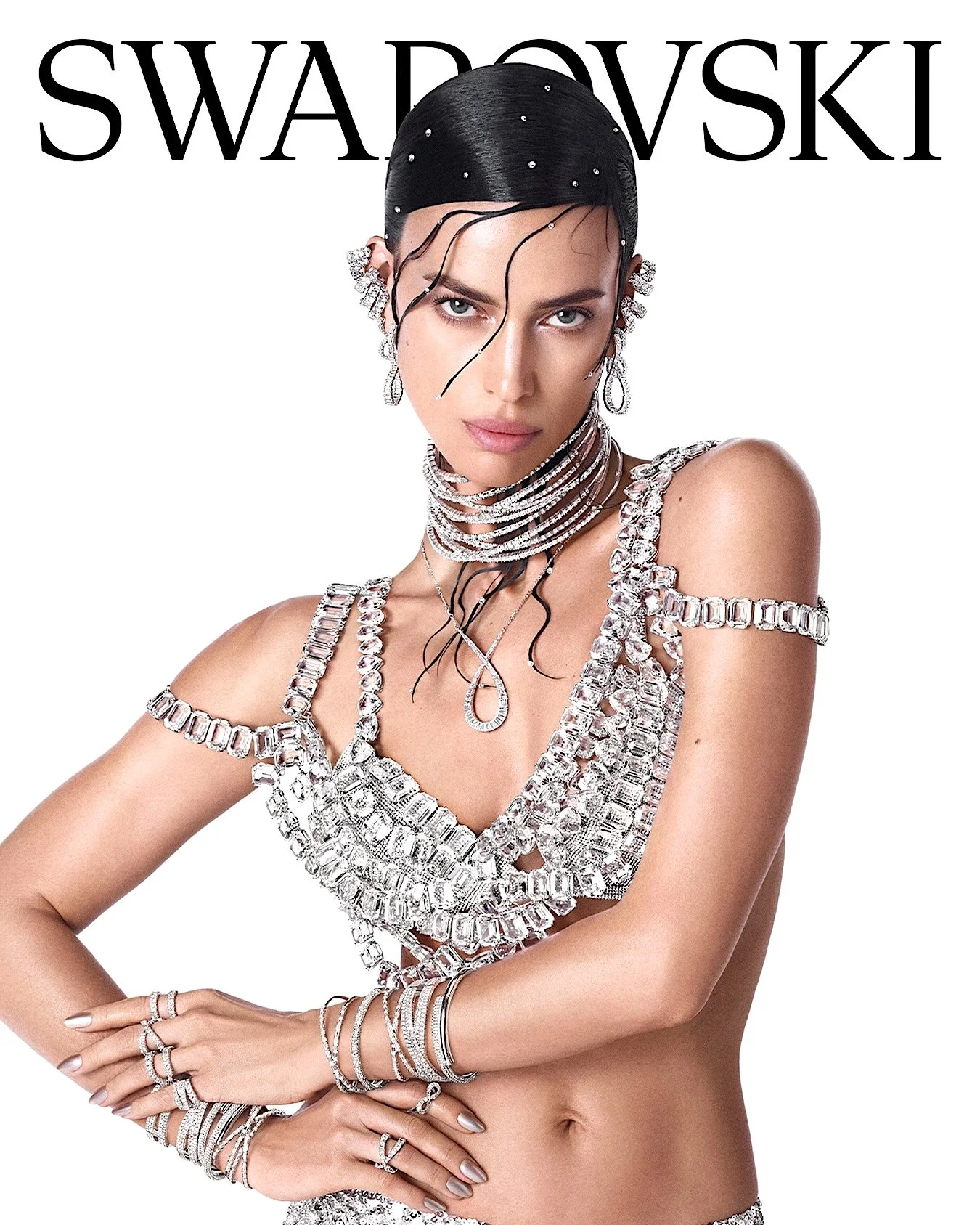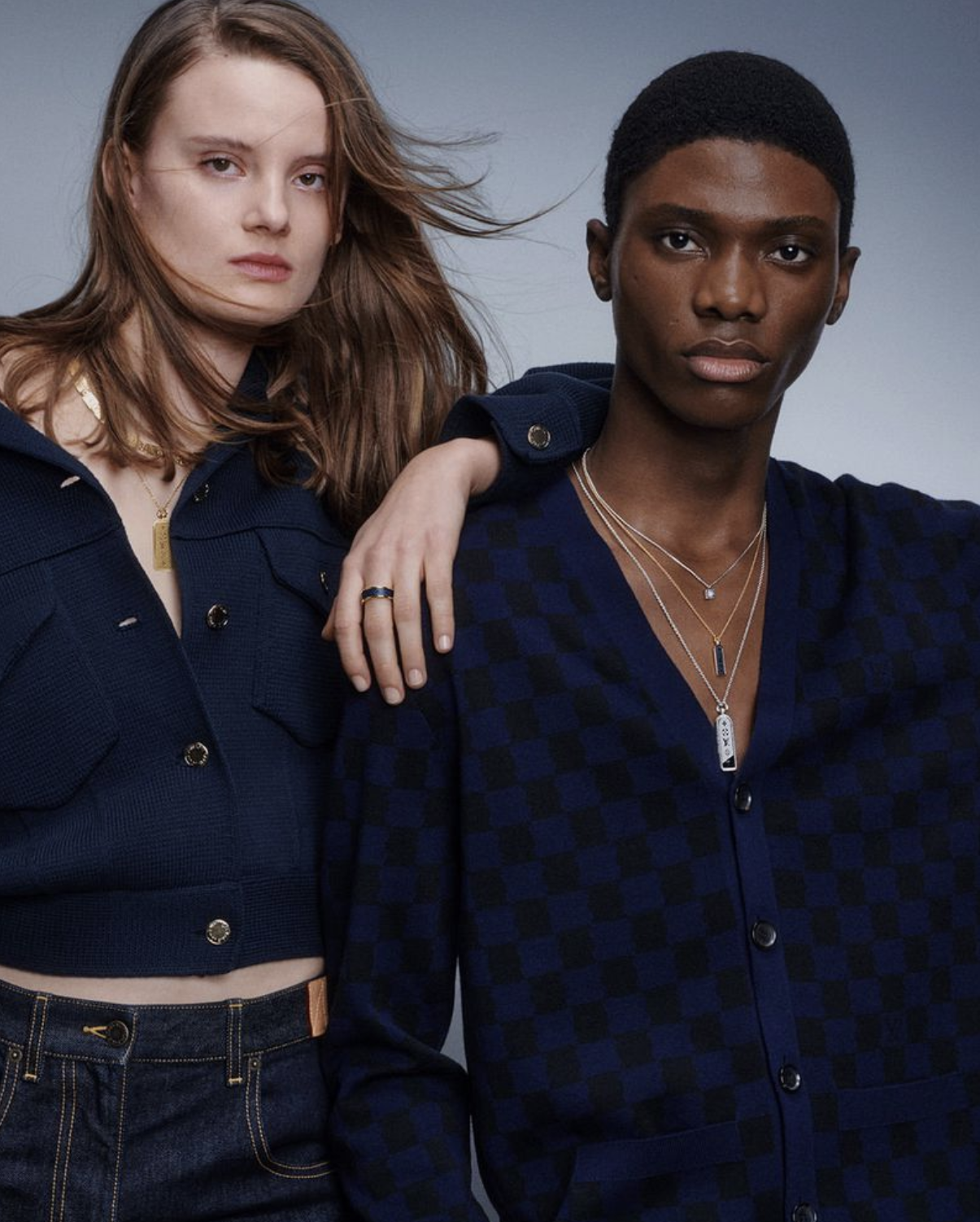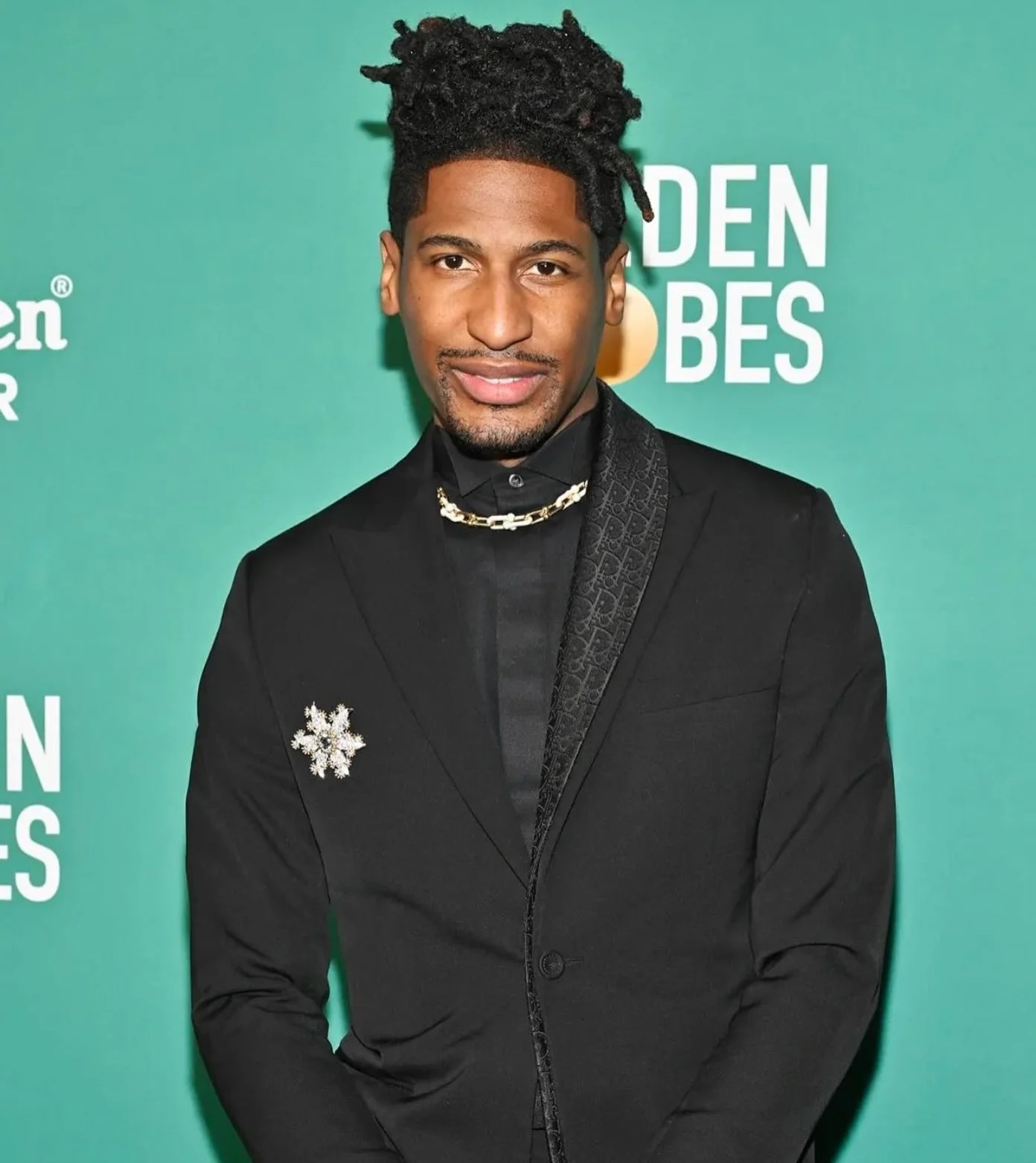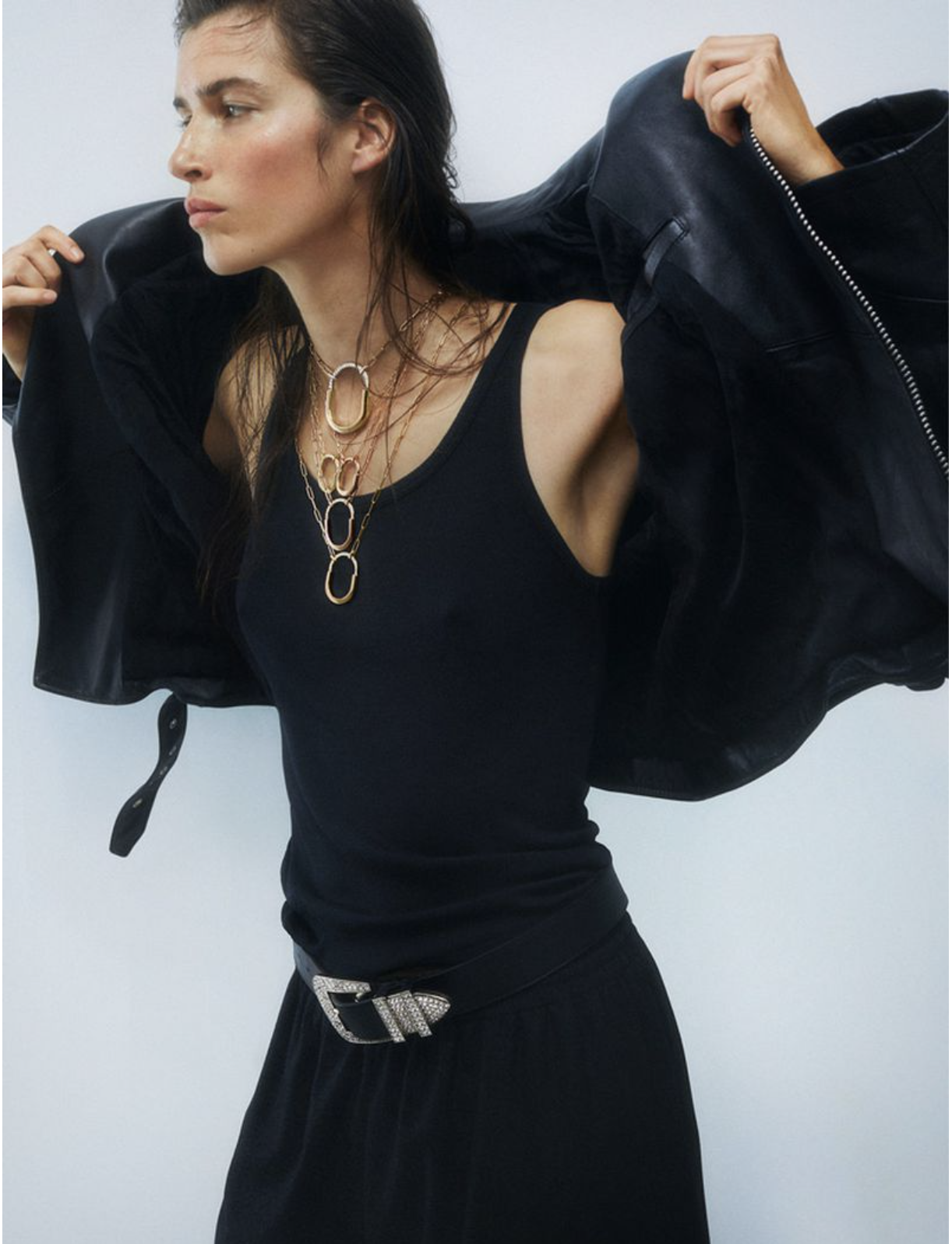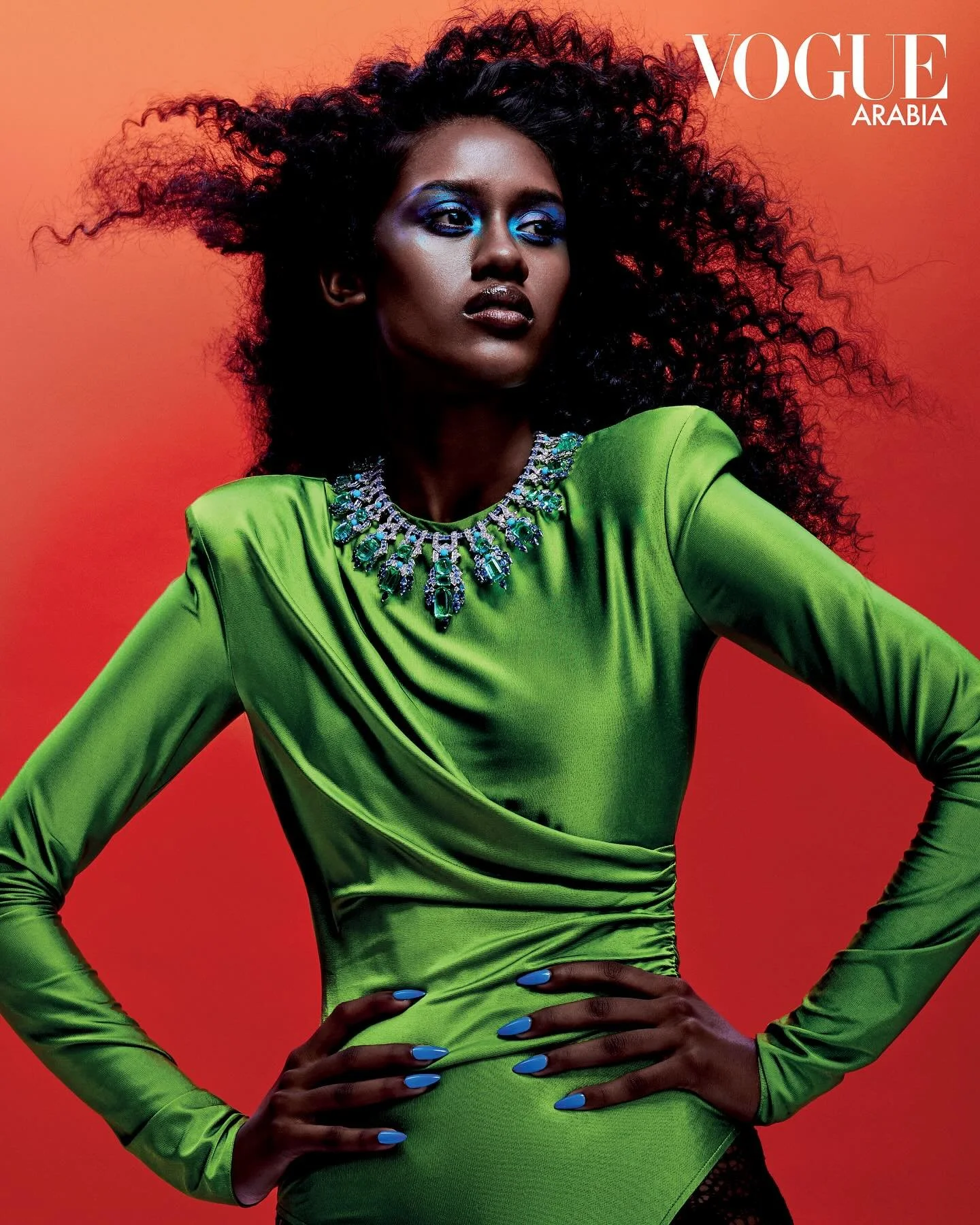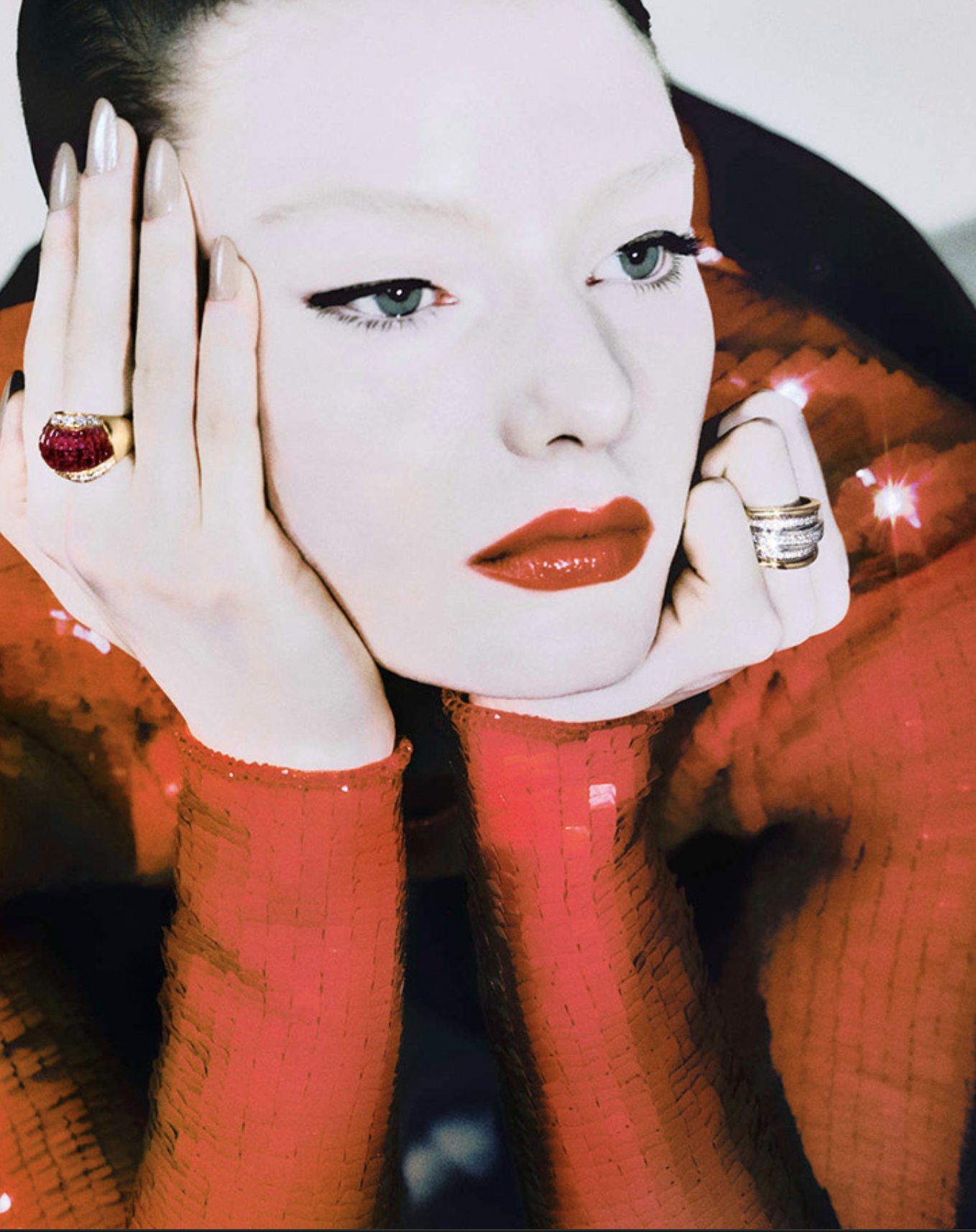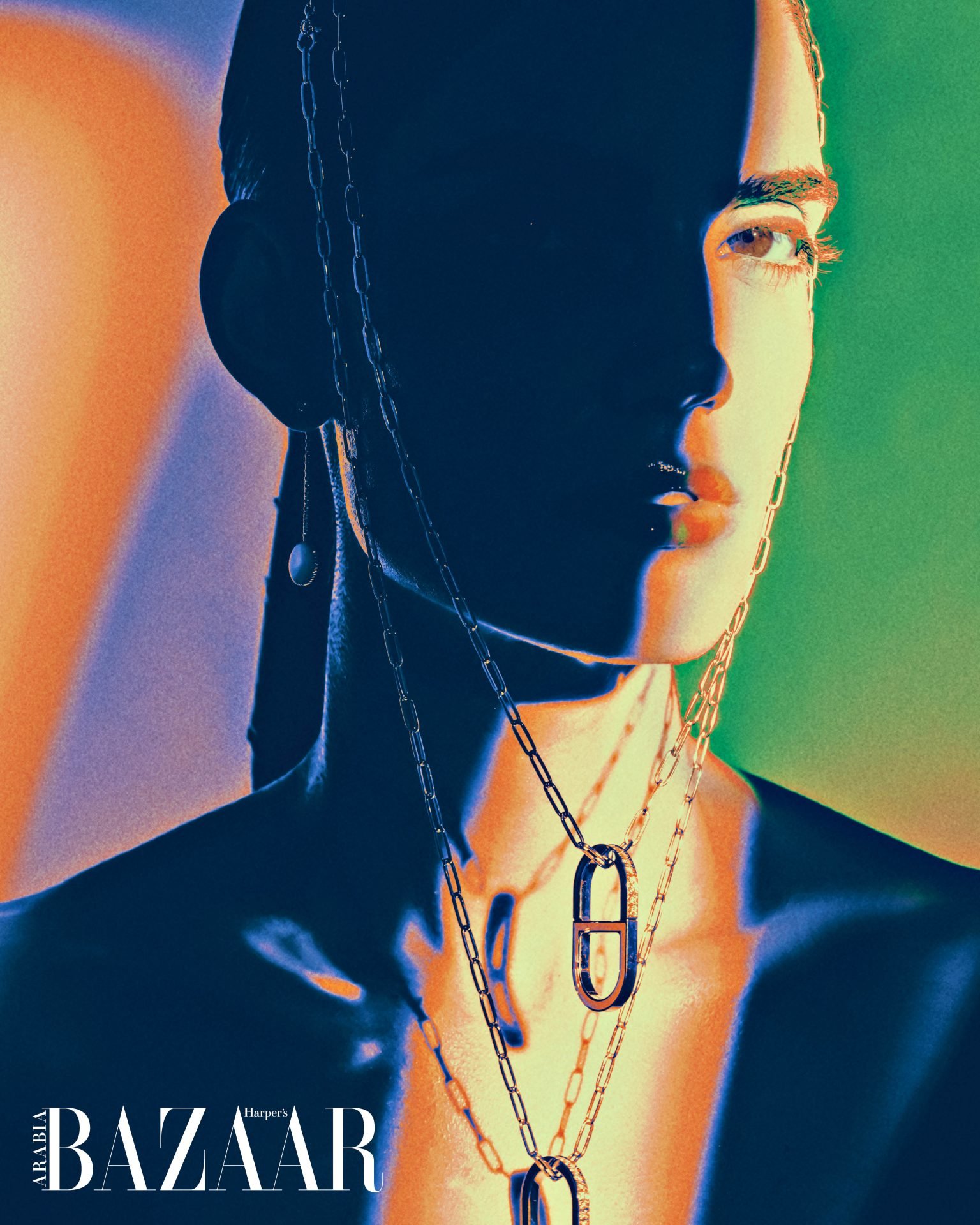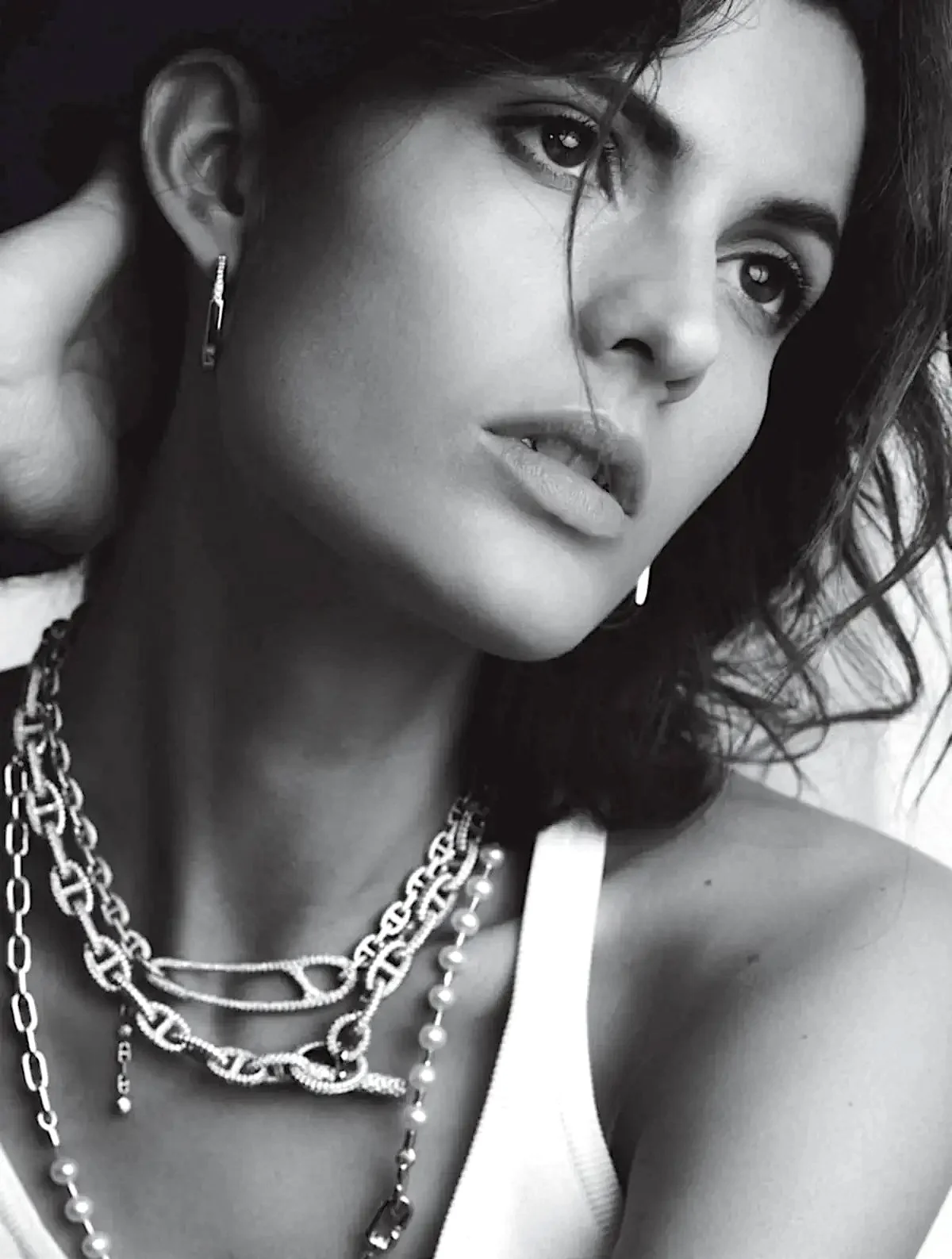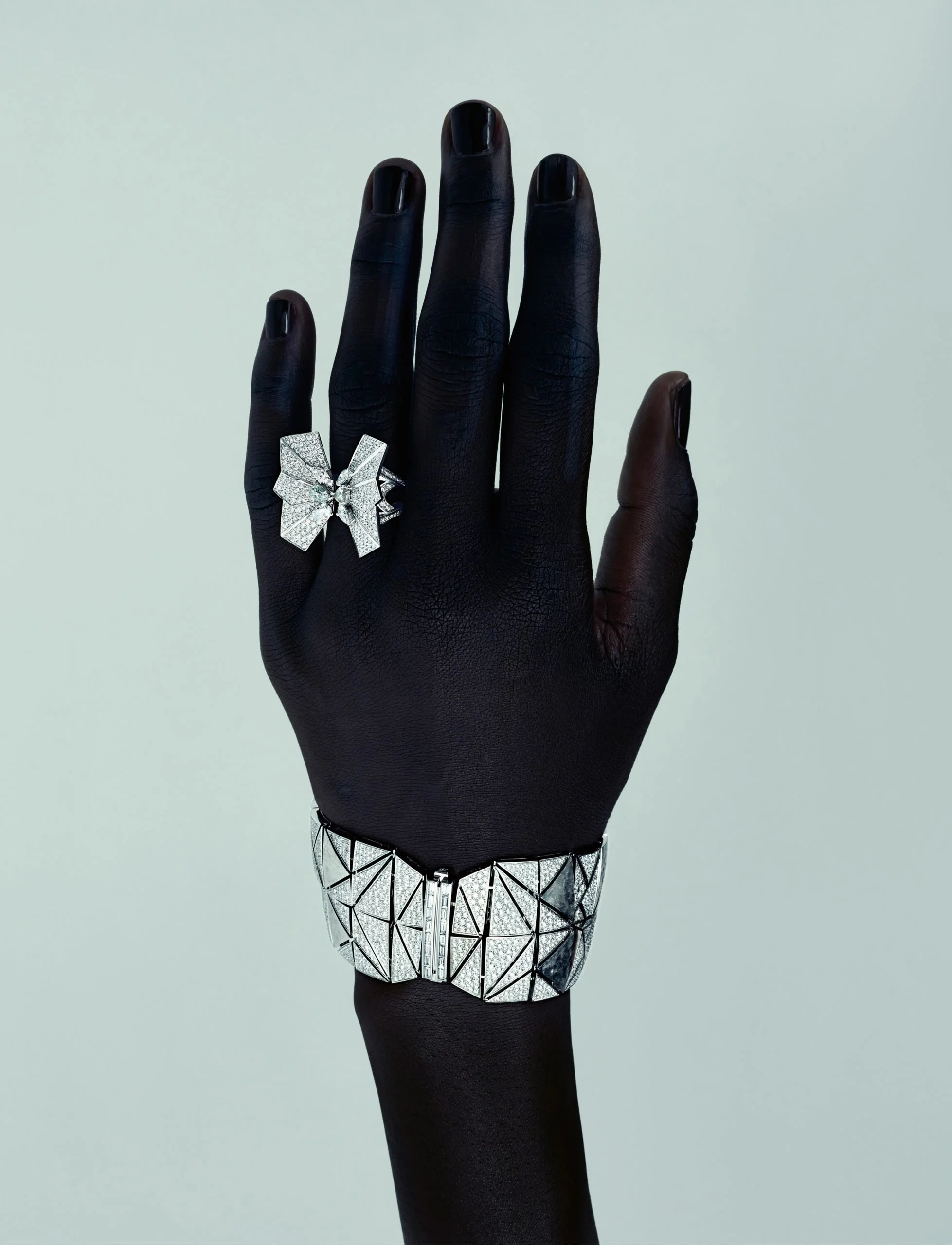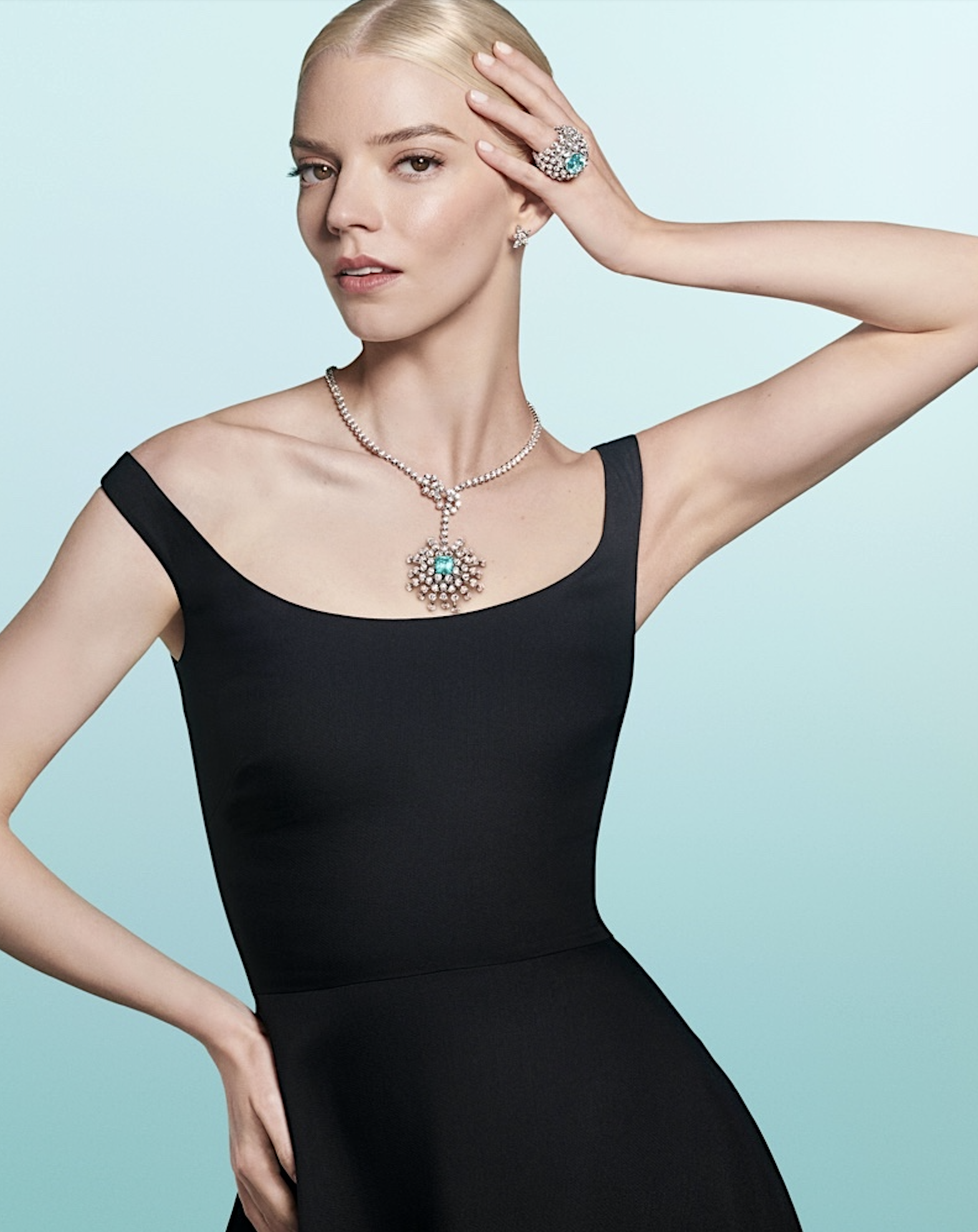Will Sara Sampaio Also Become A Graff Muse For The 'Peace' Diamond Campaign?
/Portuguese model and VS Angel Sara Sampaio is the new face of Graff Diamonds. Lensed by Patrick Demarchelier for Graff's Green Lady campaign Sara shines wearing a pair of 50 carat emerald cut diamond earrings as well as a 35 carat emerald cut D Flawless diamond ring.
In November 2015 How To Spend It Magazine interviewed Laurence Graff, chairman of Graff Diamonds, in advance of the sale of an exceptional diamond called Blue Moon.
Writer Vivienne Becker amplifies the impact Laurence Graff has had on the fine jewelry business with his pioneering mine-to-market business model. Graff brought together "the disparate sectors of the traditional fragmented diamond supply chain, with its total disconnect between the miners at the source, the cutters and dealers and the artistry of the finished jewels."
The Blue Moon diamond, discovered in South Africa, was purchased by a Hong Kong billionaire at a price of $48.5 m, who renamed it 'Josephine' to honor his seven-year-old daughter.
Expectations were high, then, as another diamond came to market in 2017. Called the 'Peace' diamond, the stone carried a story and pedigree beyond its value in clarity and carats.
The 'Peace' Diamond From Sierre Leone
AOC hasn't written about diamonds and blood diamonds for several years, but the journey to market of the 'Peace' diamond caught our attention.
It was Laurence Graff who won the Dec. 2017 bidding in New York, acquiring the so-called 'Peace' diamond from the government of Sierra Leone.
The stone is the third largest diamond in the country's history and the 14th biggest ever discovered worldwide, according to the Rapaport Group, the jewelry auction organization that helped bring the stone to auction. Note that the Rapaport Group is also a leader in fair trade and ethical diamond mining.
Expectations around the sale of the 'Peace' diamond were high. The 813-carat "Constellation" diamond, for instance, fetched $63 million in May 2016.
The 'Peace' diamond arrived in New York for the December 2017 auction with a cloud over its head. At an earlier auction in Sierra Leone, the diamond brought only $7.8 million at auction and did not meet the floor price.
Because the 'Peace' diamond brought even less money at $6.5 million in New York than the earlier bid of $7.8 million, disappointment is understandable.
“What is the value of the life of a child in Sierra Leone? What is the value of clean water? That’s the value, that’s here. And that’s what Laurence Graff is buying,” said Chairman of Rapaport Group, Martin Rapaport. Note that I'm not clear if Rapaport's comments came before or after the sale. But they appeared in a March 5, 2018 article on Africanews.com, talking about Sierra Leone's history in blood diamonds. According to World Bank data, Sierra Leone’s gross national income per capita stood at $620 in 2015.
CNN Money's Michelle Toh asked Kormind to explain the low price for the 'Peace' diamond.
Noting that the top end of the diamond market is not at its height, Korman explained that there are issues with the 'Peace' diamond. "The peace diamond is known to be a very complicated stone," he told Toh. "Larger rough diamonds don't necessarily translate into large diamonds when they are cut and polished. It's all a question of the largest cleanest stone that can be gleaned from the rough. If you can't yield a single large diamond of very high quality, and instead have to make several stones out of the large stone, that decreases the value enormously."
Rapaport commended Laurence Graff for his purchase. “Laurence Graff usually doesn’t buy anything that isn’t D or E in colour but he believes this diamond is a special diamond because it’s going to help the poorest people in the world.” For his part Graff stated that: “it is an honour to have acquired this magnificent rough diamond, and that its sale will directly benefit a country in desperate need. It is always special to be able to give back to the places that provide us with these beautiful stones.”
The Rapaport Group waived any fees as sales agent for the Peace Diamond, stating that their motive was to both help the people of Sierra Leone and increase the level of transparency in the West African mining industry. Martin Rapaport responded by saying that “this is a historic moment” and referred to it as the “most transparent process ever,” particularly as it demonstrates how artisanal miners can operate with a very high degree of integrity. The philanthropic potential of the gem trade was succinctly summarised by Martin Rapaport: “there’s a reason God gave diamonds to the poorest people in the world and made the richest people desire them.”
A Marketing Opportunity In The Making
AOC would never critique such an accomplished, high-powered businessman in a business sector we know nothing about, but we sense more opportunities in the acquisition of Graff's 'Peace' diamond.
Women are increasing attached to the totality of issues about the products that we are buying. There are countless women who could care less that the money from the sale of the 'Peace' diamond is very disappointing to the people of Sierra Leone. But today I believe there are more women than ever who would pay top dollar for diamonds that carry the message of 'Peace' and fair trade as part of its DNA. I will investigate this topic further, since my statement only comes from an observational hunch about events and movement in the fashion industry.
We do know that the story behind the 'Peace' diamond is priceless. The people who discovered it had other options of making money off the diamond, and they took an ethical route to market and to how the proceeds of the sale of the 'Peace' diamond would be divided.
Even before the 'Peace' diamond went to market, Pastor Emmanuel Momoh, one of the diggers who discovered the stone, says that the diamond discovered in the village of Koryardu in eastern Sierra Leone, would fund development and jobs.. Buzzfeed charted his story in March, 2017.
More than half the proceeds were earmarked for government funding, including "vital life-saving infrastructure to the diggers and their communities who currently have no clean water, electricity, medical facilities, schools and roads," Rapaport Group confirmed.
The diggers who found the stone will receive about a quarter of the money, and the remainder will support a government program called the Diamond Area Community Development Fund.
This 'money trail' is very different from the illegal trade in "blood diamonds" that was used to fund Sierra Leone's devastating civil war and other African conflicts. The villagers had the option of selling the 'Peace' diamond to smugglers, and they did not. They decided to turn over the diamond to fund projects and the advancement of people in their country. These actions should be rewarded in our capitalist system of supply and demand, one that is increasingly becoming a hybrid of conscientious capitalism.
Is it more important to find one perfect diamond in this rough and sell it for the most money to a very rich billionaire who cares little about issues like fair trade? I don't think Warren Buffett or Bill Gates are big on diamonds, but certainly Jamie Dimon of JPMorgan Chase buys a few, and perhaps with a preference for fair trade stones.
In April 2017, Dimon wrote that companies "have a moral obligation" to do more for society. As America's leading companies study our increasingly problematic income redistribution to the very wealthy, financial leaders like Dimon argue that financial success is broader than a company's stock price.
Let's Rewrite This Diamonds Are A Girl's Best Friend Story
Martin Rapaport pulled no punches in 2010 when he delivered this TEDx Talk in Tel Aviv about the importance and promise of fair trade diamonds. Mr. Rapaport is not a newbie on this topic.
Perhaps one big diamond blowout isn't the best price for this precious stone. Just think of all the great PR -- even a documentary about the villagers -- that could fuel the marketing story behind the sale of the 'Peace' diamond. Graff Diamonds would have Hollywood women begging to buy one of the people-precious 'Peace' diamonds.
It's not impossible to turn course in the story of the 'Peace' diamond and make it an even greater financial success.
Graff has such a stellar reputation for innovation and perfection in its fine jewelry business, that it seems the company should tie up these loose ends around the sale of the 'Peace' diamond and turn it into a brilliant global story that unites humans worldwide in money well spent. The Peace Diamond project actually has a website dealing with the intersection of social justice and diamonds, maintained by the Rapaport Group.





